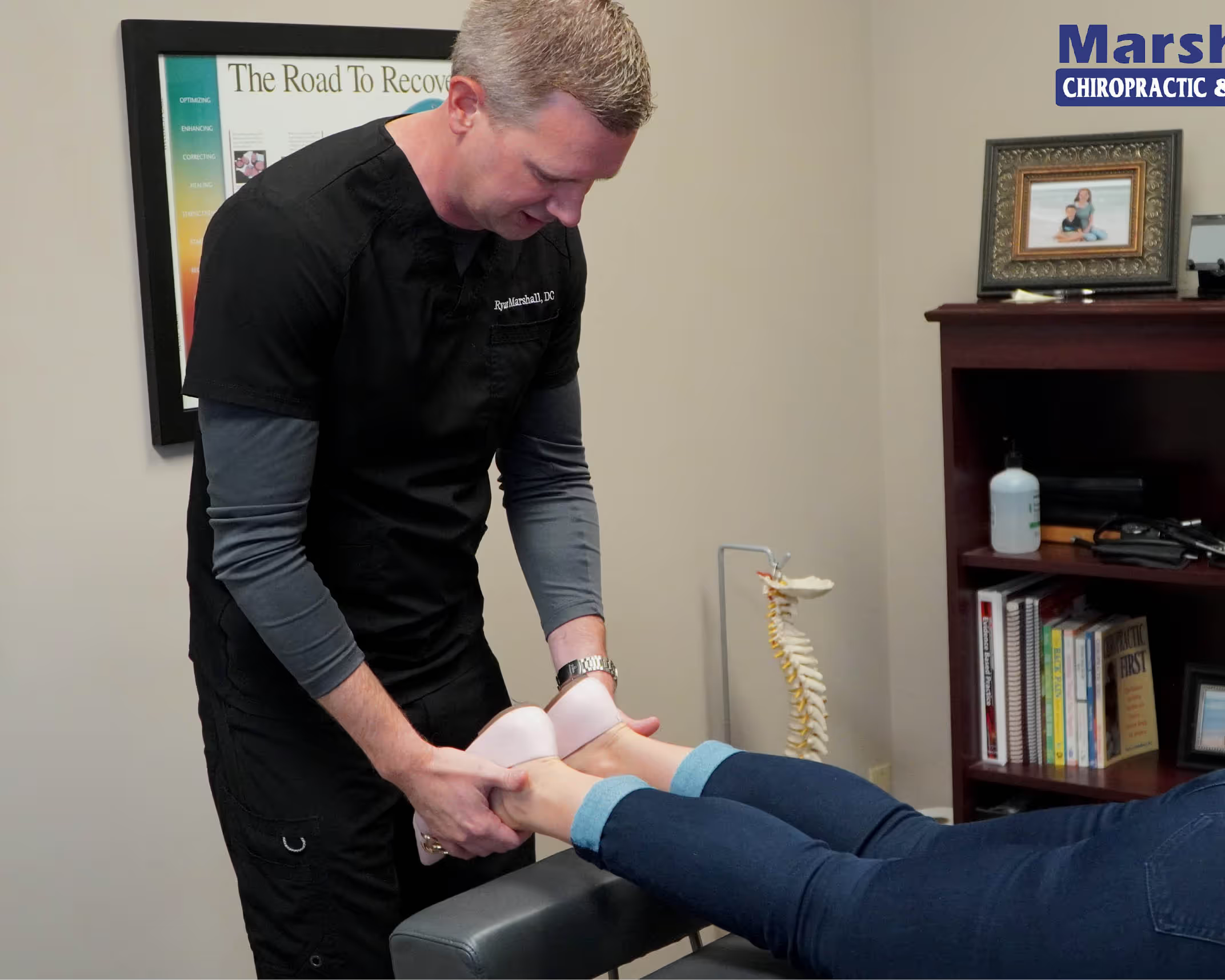Physical therapy and chiropractic care are both forms of healthcare that focus on treating musculoskeletal conditions, but they differ in their approaches and techniques. Here are some of the biggest differences between chiropractic care and physical therapy:
What is Physical Therapy?
Physical therapy involves the use of exercises, stretches, manual therapy, and other techniques to restore function, reduce pain, and improve mobility. Physical therapists work to improve overall body strength, flexibility, and balance. They may use modalities like heat, cold, or ultrasound to aid in the healing process. Physical therapy is often used to treat conditions like sports injuries, back pain, and post-surgical rehabilitation.
What is Chiropractic Care?
Chiropractic care, on the other hand, involves the manipulation of the spine and other joints to relieve pain and restore function. Chiropractors believe that misalignments of the spine cause pain and other health problems, and they use a variety of techniques, including spinal adjustments, to correct these misalignments. Chiropractors may also use other therapies like massage, stretching, and exercise to complement their treatments.
Chiropractor or Physical Therapist?
As for which one is better, it ultimately depends on the individual and their specific condition. Both physical therapy and chiropractic care are effective in treating musculoskeletal conditions, but they may use different techniques and have different philosophies. It's important to consult with a healthcare professional to determine the best course of treatment for your individual needs.
Conditions that may benefit from seeing a chiropractor include:
- Back pain: Chiropractors perform spinal adjustments to alleviate back pain and improve mobility.
- Neck pain: Chiropractors perform adjustments to the neck to relieve pain and improve range of motion.
- Headaches: Some types of headaches, such as tension headaches, may be relieved through chiropractic treatment.
- Sciatica: Chiropractic adjustments help alleviate the pain associated with sciatica, which is caused by compression of the sciatic nerve.
- Joint pain: Chiropractors perform adjustments to various joints throughout the body to improve range of motion and reduce pain.
Conditions that may benefit from seeing a physical therapist:
- Post-surgical rehabilitation: Physical therapists help patients recover from surgeries by developing personalized exercise programs and assisting with the healing process.
- Sports injuries: Physical therapists work with athletes to rehabilitate injuries and prevent further damage.
- Arthritis: Physical therapists help patients manage the pain and stiffness associated with arthritis through exercises and other therapies.
- Stroke: Physical therapists help patients regain mobility and strength after a stroke.
- Chronic pain: Physical therapists develop personalized treatment plans to manage chronic pain and improve quality of life.
Becoming a Chiropractor vs. Becoming a Physical Therapist
To become a chiropractor in the United States, one must first complete a four-year undergraduate degree, followed by a Doctor of Chiropractic (DC) degree from an accredited chiropractic college. The DC program typically takes four years to complete and includes extensive coursework in anatomy, physiology, pathology, neurology, and chiropractic technique. In addition to completing the educational requirements, chiropractors must also pass the National Board of Chiropractic Examiners (NBCE) examination and obtain a state license to practice.
To become a physical therapist in the States, one must first complete a four-year undergraduate degree, followed by a Doctor of Physical Therapy (DPT) degree from an accredited physical therapy program. The DPT program typically takes three years to complete and includes extensive coursework in anatomy, physiology, kinesiology, neuroscience, and physical therapy techniques. In addition to completing the educational requirements, physical therapists must also pass the National Physical Therapy Examination (NPTE) and also obtain a state license to practice.
Both chiropractors and physical therapists may pursue additional certifications in specialized areas of practice. For example, chiropractors may obtain certifications in areas such as sports chiropractic or pediatric chiropractic, while physical therapists may obtain certifications in areas such as orthopedics or sports physical therapy.
It's important to note that educational requirements and certification processes may vary by state or country. It's always a good idea to check with local regulatory bodies to ensure that a chiropractor or physical therapist has met the appropriate educational and certification requirements.
If you are in the Tulsa area and believe a chiropractor is best for your ailment, contact our team at Marshall Chiropractic. We are ready to assist you in any way possible to help you get to feeling better!





















